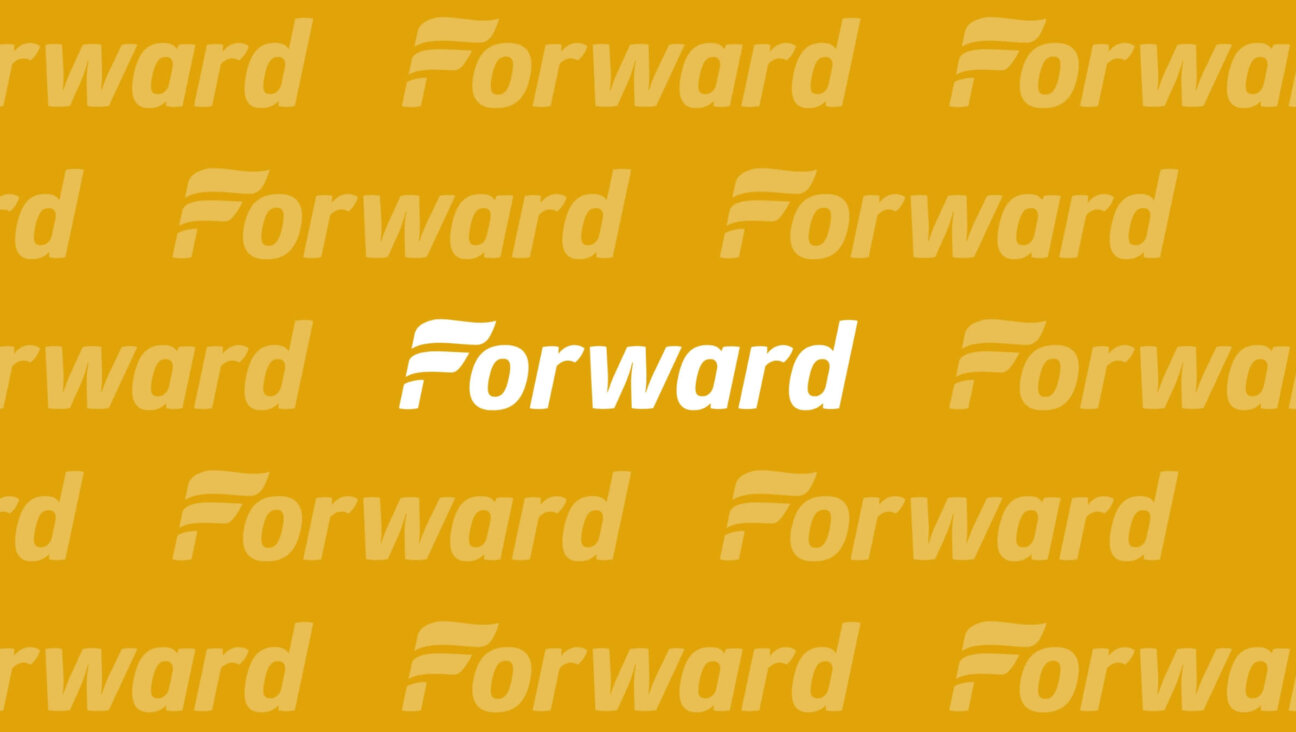DIY Passover Gnocchi

Graphic by Angelie Zaslavsky
Judging from the huge sacks of potatoes Jewish home cooks heft into their shopping carts at this time of year, I’m just one more cook going through Passover Potato Dependency or PPD. I imagine thousands of lunchtime plates bearing fluffy mashed potatoes, or golden fried potatoes, all over Israel, every day, for a week. Ballast for the empty stomach. A reliable background for the rest of the meal.
But several days into Passover week, I’m looking for something different to do with potatoes. Homemade gnocchi fit my need for a savory, satisfying main dish that needs only a leafy salad to accompany it. Matzo meal makes their texture a little rougher than conventional gnocchi but they’re delicious all the same.
You may choose to serve them with butter and plenty of grated cheese, or with tomato sauce. I suggest the herby mushroom sauce below, which makes use of any leftover clear soup and can be dairy or meat, depending upon what your Passover hungry stomach craves.
Passover Gnocchi
serves 6
3 medium Russet potatoes
1/3 cup matzo cake meal
1/2 cup potato starch
1 egg
1 teaspoon salt
1/4 teaspoon pepper or about 5 twists of the pepper grinder
5 teaspoons olive oil
1) Wash, clean and cut the potatoes in half, but don’t peel them. Boil the potatoes in salted water until tender; about 20 minutes. Drain the potatoes and return them to their cooking pot. Dry the potatoes by shaking the pot over a low flame.
2) Allow potatoes to cool slightly, and peel them as soon as you can handle them. The hotter they are at this stage, the better. Mash the potatoes. Make a well in the center and add the rest of the ingredients.
3) Mix and knead by hand until you have a cohesive dough. You shouldn’t need to add any more matzo meal or starch; just keep working at it and in a few minutes the dough will solidify. Cover the dough and let it mature for at least half an hour, in the fridge. Cut the dough into four pieces. On a flat surface well dusted with potato starch, roll each piece out into a snake about 3/4 of an inch thick.
4) Start plenty of salted water boiling in a large pot.
5) Cut pieces about 1/2 inch long. Press the tines of a small fork on each piece to create grooves. The reason gnocchi have these impressions is to allow the accompanying sauce to cling to them all the better. It takes only a few minutes to get the hang of it; then the work goes quickly.
6) Boil the gnocchi, giving them one more minute after all have risen to the water’s surface. The whole thing takes only 2-3 minutes. Drain the gnocchi, and if not dressing them with sauce right away, drizzle them with olive oil (or melted butter, for a dairy meal) and push them around gently with a wooden spoon to coat them.
Herb and Mushroom Sauce for Passover Gnocchi
1/4 cup olive oil
3 large shallots, diced
3 or 4 halves of fresh, ripe tomatoes
2 peeled and minced garlic cloves
2 cups button mushrooms, clean and sliced in thirds
1/2 tablespoon chopped fresh sage
1 teaspoon salt
freshly ground pepper to taste
1 tablespoon matzo cake meal
1 cup clear vegetable or chicken soup
A few tablespoons white wine (or more soup)
1) Using a large skillet, sauté the shallots and tomatoes in olive oil over medium heat for 10 minutes or until the vegetables are soft. When the vegetables are soft, add the sliced mushrooms and the garlic. Stir-fry for 5 minutes, till the mushrooms are tender. Add the sage and the salt and pepper. Stir and allow to heat through.
2) Clear a space in the middle of the skillet. Pour the matzo meal into it. Stir to heat through. Add the soup. Stir diligently to distribute everything. Once the sauce is formed, add the wine and taste for seasoning again. If it seems to be drying out, add more soup. Pour over the gnocchi and serve right away. If using vegetable stock, dust with grated cheese.





















